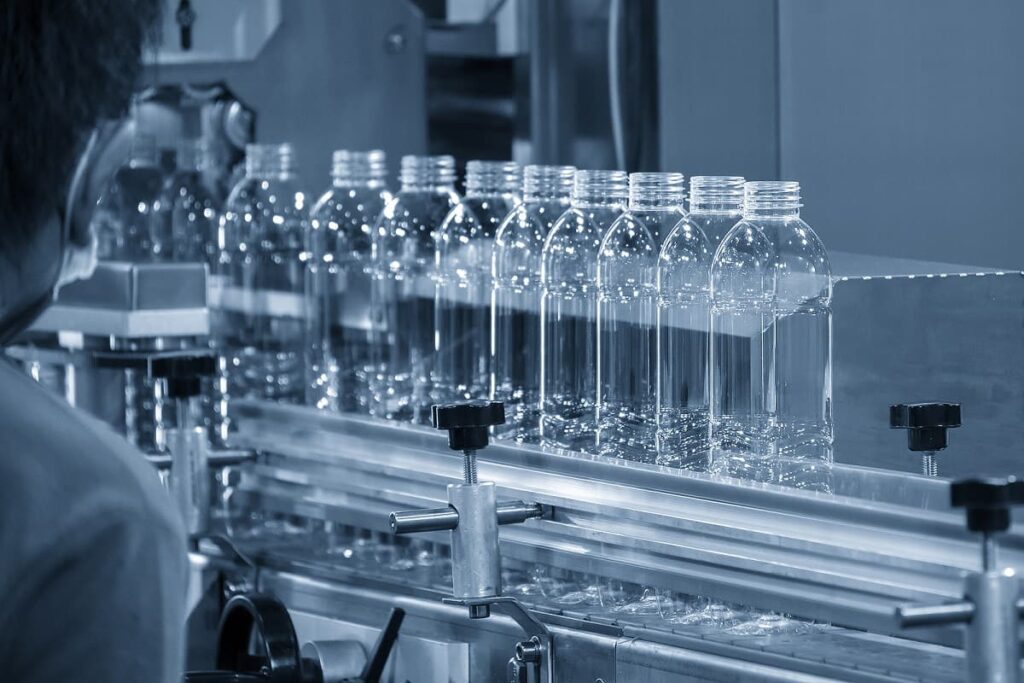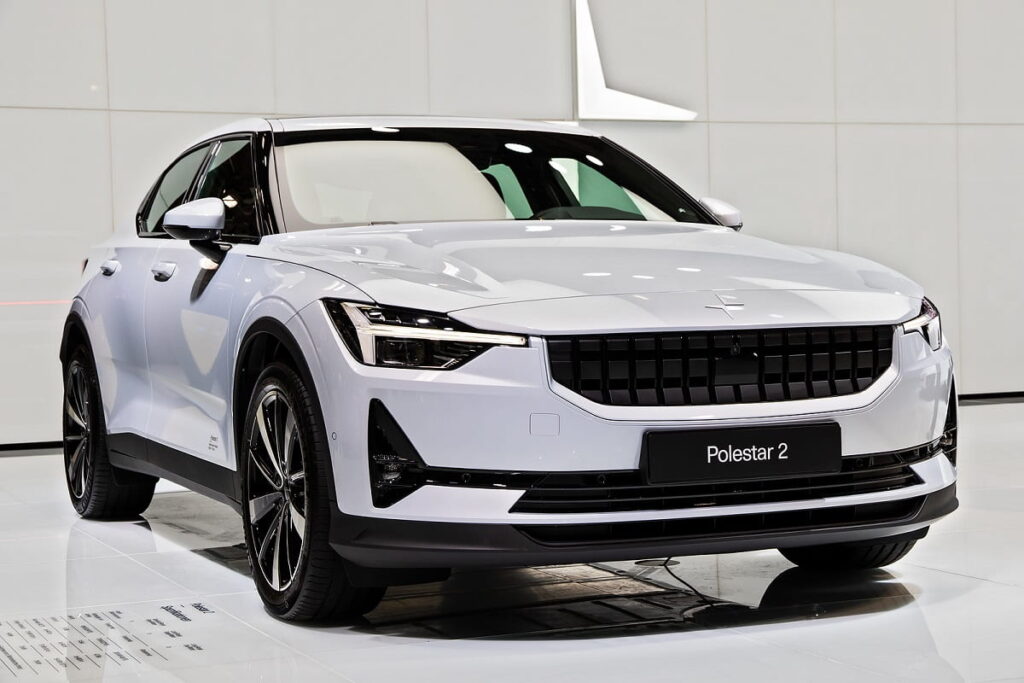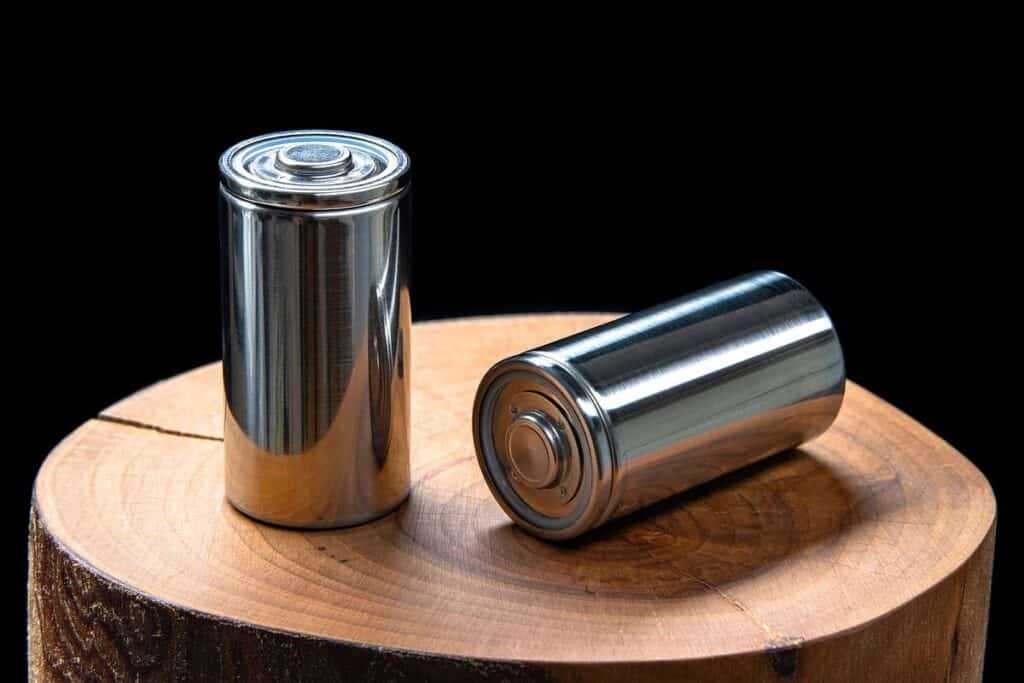Footprint Stock: ESG Investment in Plant-Based Packaging
Table of contents

We usually like to start out our green technology articles that revolve around the scourge of plastics with a few fun facts. For instance, the world produced more than 400 million metric tons of plastic in 2019. But that was before everyone started ordering takeout during the pandemic. A recent paper estimated that plastic waste totals in 2020 likely doubled those from the year before. While part of the increase was the result of demand for disposable face masks and gloves, plenty of plastic entered the waste stream via food and product delivery services. For example, in just two months during the lockdown, Singapore generated an additional 1.2 million metric tons of plastic in a city of more than five million people. That’s a lot of nasi lemak takeout.
Plenty of companies have emerged with new solutions for recycling plastic or outright replacing it with more sustainable materials. In the latter category is Footprint, a materials science company that claims it has developed technology that can produce plant-based packaging and other planet-friendly fiber products on par with plastic in both functionality and cost. The Phoenix, Arizona area startup claims to be growing like crazy and is turning to a special purpose acquisition company (SPAC) to help scale. Is this pending SPAC deal recycling the same old tropes or something ESG investors should watch?
About Footprint Stock
Founded in 2013, Footprint has raised about $690 million, including a $171 million debt financing round back in August. Apparently, that’s still not enough, as the company announced this month it will merge with Gores Holdings VIII (GIIX) at a valuation of $1.6 billion. The Gores Group, a private equity firm, has emerged as a serial SPAC investor, dating back to 2016 when it helped take Twinkies maker Hostess Brands (TWNK) public. Other companies under its aegis include Matterport (MTTR), which is digitizing real estate; Luminar (LAZR), one of several risky LiDAR stocks; and Polestar, an electric vehicle company that could emerge as a dark horse in the EV race.

The merger with GIIX could net Footprint as much as $805 million if none of the investors pull out their money before the deal is sealed. These so-called redemptions have become increasingly problematic for a number of SPAC-sponsored deals. The New York Times recently reported that redemption rates have been about 50% this year. However, out of the seven SPAC mergers involving the Gores Group that have completed, only one experienced significant investor attrition. Ardagh Metal Packaging (AMBP), a different kind of green tech packaging company, saw 24% of its promised funds evaporate. The pre-revenue company is also not growing as quickly as promised, and its stock and valuation have taken a beating as a result.
Footprint Business Model
The topic of redemptions is particularly relevant to Footprint, because it has a capital-intensive manufacturing business, with plans to spend $1.8 billion between now and 2025 to purchase additional manufacturing lines and expand facility capacity in Mexico and Europe.
Footprint’s packaging technology uses the core building blocks of a recycled container or corrugated box but makes it as tough as plastic while still being biodegradable, compostable, and recyclable. The company does everything from designing the packaging to a customer’s specifications – for example, meeting requirements for shelf life or impermeability – to the tooling necessary to form the plant-based containers to direct-print technology. The company claims that this vertically integrated manufacturing approach is what enables it to control costs and be competitive with plastics, though it doesn’t provide any pricing details.

It launched its first product, a frozen food container, in 2017. Compared to a plastic counterpart, the process reportedly reduced CO2 emissions by 71% and energy use by 59%, while also increasing sales by 24%. The implication is that ESG-minded consumers are more likely to buy something if it’s in eco-friendly packaging.

The model sounds both capital- and labor-intensive to us, as Footprint says it spends “more time on qualifying the customer than the customer is spending on determining that Footprint’s products are right for them.” A big reason is that the company claims it is at maximum capacity and wants to make sure that “our value proposition and the brand’s values align.”
How does this play out in real life? Take the example of Conagra (CAG), a company with a substantial packaged foods portfolio. Footprint first defines the packaging requirements, then develops a prototype to prove that it meets those needs, such as a particular shelf life and package label. The development process can take upwards of nine months before Footprint has a contract in hand. Once inked, however, contracts average about six years, with the longest one at 10 years, so theoretically enough time to recoup ROI on the R&D.
Should You Buy Footprint Stock?
While the vetting and development process sounds pretty onerous to us, Footprint has amassed an impressive customer list that not only includes Conagra, but also General Mills, Gillette, JBS Foods, Kraft, McDonald’s, Sweetgreen, Nestle, Upfield, Procter & Gamble, Quaker, Taylor Farms, Tyson, Unilever, and Walmart. The company estimates a total addressable market (TAM) of $315 billion in just the next few years.

Unlike AMBP, Footprint is making money, with $50 million in estimated revenue on more than 700 million units in 2021. The company also claims that it has $500 million of annual revenue contracted by its 50-plus customers and is installing new technological capacity as fast as it can. It says those new technologies are running 14% to 18% ahead of schedule in output, with roughly 20% to 25% lower energy than originally projected. Currently, its manufacturing base is located in Mexico, but new facilities are underway in Europe.
There are also plans to diversify its products and services. For example, it wants to apply its food package technology to everything from shampoo bottles and beverage containers to baby diapers and meat tray pads. It also sees an opportunity to expand its materials science into plastic itself, such as capturing hydrogen and carbon for products like graphene. Finally, Footprint is also eyeing a consultant component where it guides industrial, municipal, and residential customers on adopting new waste technologies in areas such as composting. None of these side hustles are factored into the current revenue projections.

It certainly sounds good on recycled paper: Strong, fast-growing revenues; a large, global TAM; plans for product diversification; and a mission to save the planet. But it’s still not enough for us to buy in, especially as there are plenty of questions left unanswered by the shiny investor deck. For example, how do the company’s manufacturing costs actually match up against plastic? How does this technology actually work? How dependable and cheap are the raw materials? We just don’t know without more transparency that only comes after a SPAC deal is completed.
We can also see that Footprint stock is quite richly valued based on our simple valuation ratio using the implied market cap and 2021 estimated revenues (quarterly revenues for annualization are not available):
- Implied market capitalization / 2021E
2,345 / 50 = 47
We don’t invest in companies with a ratio over 40, no matter how great the story is. Footprint’s market cap is also below the optimal size we’re targeting as we round out our technology portfolio.
Conclusion
ESG types may be tempted to jump on Footprint stock, as the peripherals look decent, but as risk-averse investors, we want to know the full picture before putting money into any company. Unfortunately, that never happens with SPACs until after they go public. While there’s certainly the chance of missing out on a good deal, that’s been the rare exception.
Fortune recently reported that half of all IPOs this year are actually trading below their offering price. The story is even worse in Europe, where about two-thirds of VC-backed listings are now trading below listing price. That’s why we spend so much time debunking the hype and waiting for the initial frenzy to subside before we invest in a technology company, especially in green technology where most of the opportunities are in alternative energy.
If all goes as planned, Footprint will trade under the ticker FOOT on the Nasdaq.
Sign up to our newsletter to get more of our great research delivered straight to your inbox!
Nanalyze Weekly includes useful insights written by our team of underpaid MBAs, research on new disruptive technology stocks flying under the radar, and summaries of our recent research. Always 100% free.















